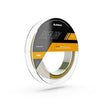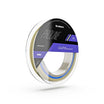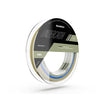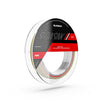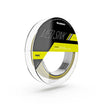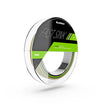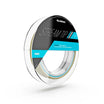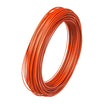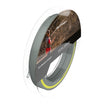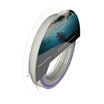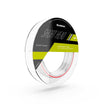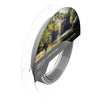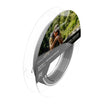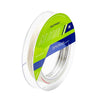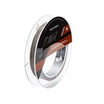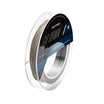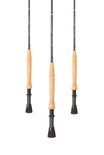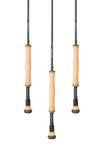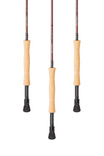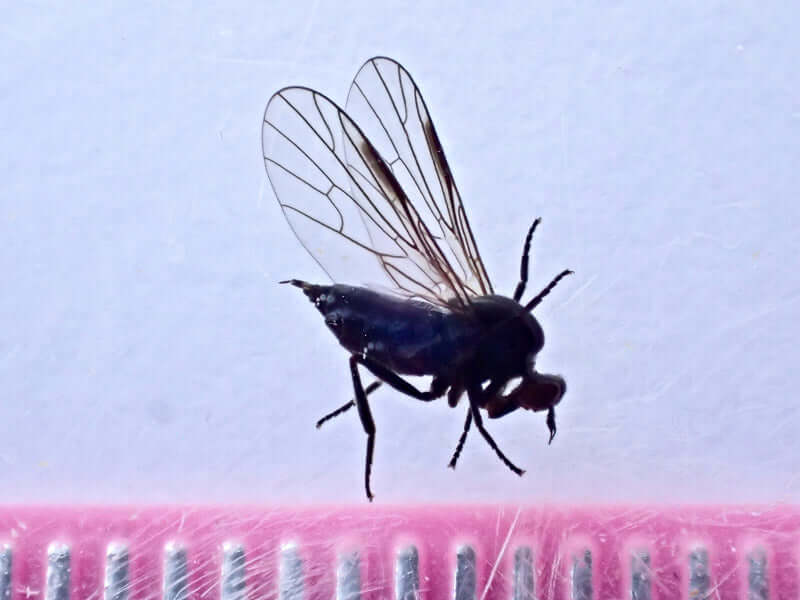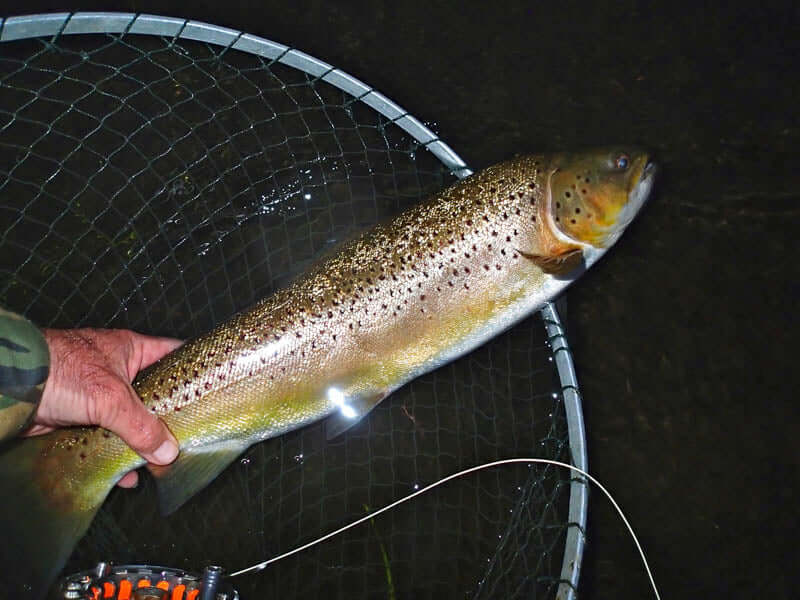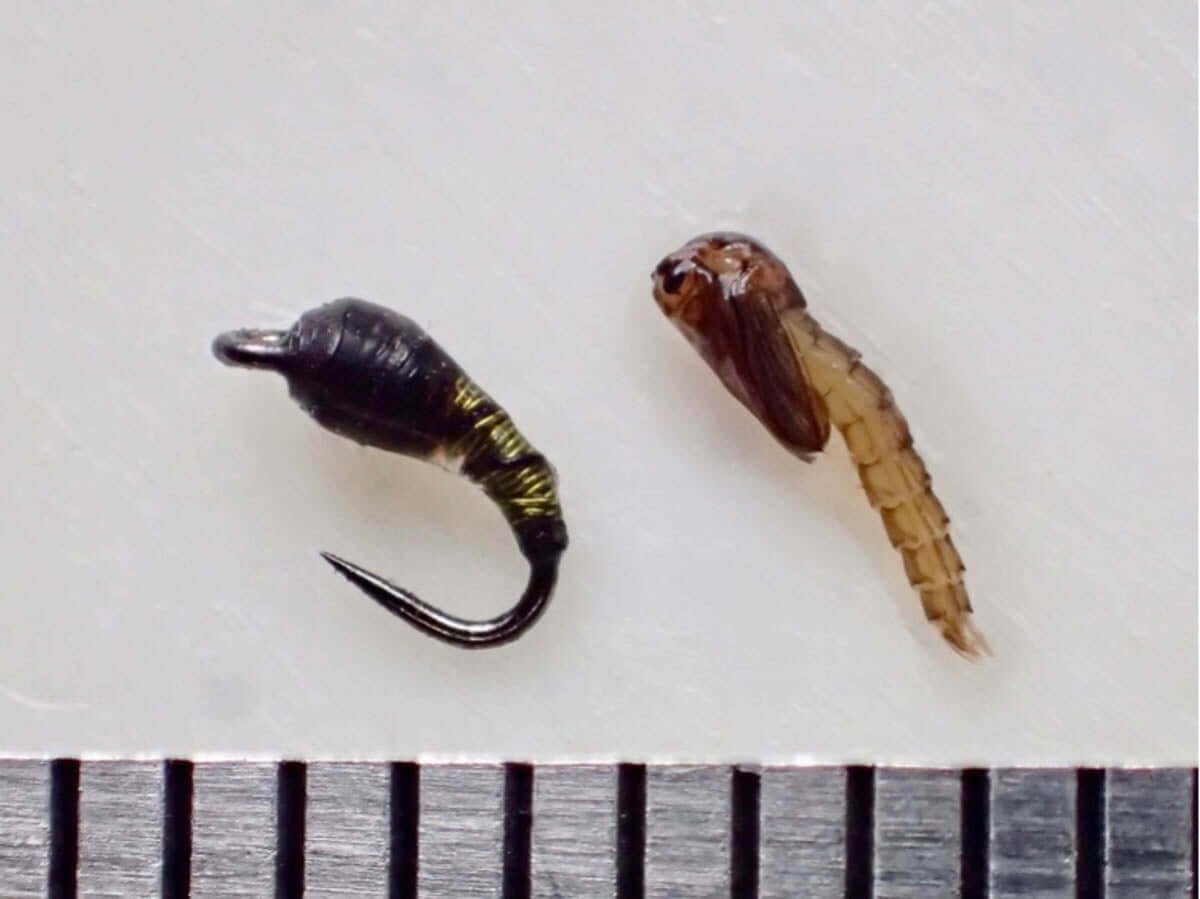By Dave Southall
One of the things I like best about fly fishing for river trout & grayling is its variety & unpredictability. Although there are general patterns throughout the year every year is subtly different. Even consecutive days on the same water can be different. As a result it is vital for the angler to remain observant & to have a flexible approach. Too many of the anglers that I see are restricted by their preconceived ideas of what they expect to happen.
In late May/early June 2019 on my local North Yorkshire Moors streams there were huge numbers of Aphids & the fish were mostly preoccupied with them to the exclusion of all else, including the big Mayflies (Ephemera danica). Water levels were very low & for optimum success I had to fish with 1 weight or zero weight Sunray Jeremy Lucas, delicate presentation lines & 12 to 14’ leaders ending in 8x tippet & a size 26 to 30 CdC IOBO Humpy. Even with such super-light gear I had to use maximum stealth, often crawling into a suitable position to cast to rising fish. My knee pads got heavy useage.
Late May/early June 2020 & the Moors streams were once again affected by drought & incredibly low water. Aphids were few & far between but on sunny days, of which there were plenty, clouds of Dance Flies were to be seen wherever there was a patch of sunlight on the water. Yet again super-light lines & long leaders, plus maximum stealth were vital ingredients for success, but this time a size 20 CdC IOBO Humpy or Black Gnat was the right choice of fly at the end of 7x tippet. Then the Mayflies appeared & this year the fish readily rose to them in the afternoons & either an extended-body Mayfly pattern or a Daddy accounted for dozens of lovely little wild trout.

- Dance Fly (female) (mm scale)

- Small Noth Yorkshire Moors stream

- Wild trout from a small North Yorks. Moors stream
In Mid to late May 2019 on my local chalk stream, Driffield Beck Olive hatches were virtually non-existent but there were still plenty of Hawthorn Flies about & I fished a size 14 Hawthorn Fly tied to 5x/0.15mm diameter tippet which the fish took avidly. However in the very warm, sunny spring of 2020, by the time Covid-19 restrictions had been eased in mid-May the Hawthorn Flies that were super-abundant in early May, had disappeared & the only rising fish were taking sparse hatches of small Olives & Pale Wateries in the mid afternoons & again in the last hour or so of light. This made for challenging fishing using size 20 CdC imitations. Although, because of the large size of some of the trout, I tried to get away using 4 or 5x tippet I had to drop down to 6x/0.13mm tippet at times to ensure a decent drag-free presentation & even then the fish were not easily tempted (7x tippet would have given a better presentation). As a result of using 6x tippet I lost several big fish in the abundant weed growth.

- A good sized wild Driffield Beck trout caught on a size 20 CdC IOBO Humpy in late May 2020
Late June, July & August 2019, with no worries about Covid 19, I fished a wide range of waters as diverse as the boulder strewn peaty Upper Tees & the gin-clear chalk waters of the Itchen. Water levels were low at times but rain topped up the spate rivers a few times. Virtually all of my fish fell to the dry fly with Aphids still important on some of the small North Yorks Moors streams. Elk Hair Caddis & F Flies were my most successful patterns.
Summer 2020 saw me fishing locally with a few visits to North Yorks Moors streams, but most visits to Driffield Beck, just a few miles distant from my home. During the early summer the big Driffield Beck brown trout were mainly preoccupied with feeding on the huge shoals of minnows spawning on the gravel shallows & although I managed to tempt a couple with a large Elk Hair Caddis my main success was with small Martin’s Minnow streamers & Silver Bead-head Nymphs.

- A wild Driffield Beck trout caught on a small Martin’s Minnow streamer
Later in the summer despite desperately low water on Driffield Beck there were some decent hatches of small Olives/Pale Wateries, particularly on cool, dull, windy, wet days. Much of the time the fish were taking the nymphs just subsurface & many of my fish were caught on a size 20 or 18 Sawyer Pheasant Tail nymph fished on a well greased leader, greased to within an inch/2.5cm of the fly. Only on the cold days of late September did the fish focus on the Duns.
This year late Autumn & Winter looks like being a hard time. In the winter of 2019 to 2020 inbetween fishing my local waters, where grayling numbers are much depleted due to cormorant predation, I was able to travel to the industrial rivers of West & South Yorkshire fishing for their prolific grayling. This winter Covid-19 restrictions look as though traveling to fishing spots will be much restricted. Furthermore there have already been large numbers of cormorants on my local waters, further depleting the already very low grayling numbers.
I wonder what 2021 will bring!

- One of the rare big Driffield Beck grayling caught in the summer of 2020



